Buying a home is the single most expensive investment of your life. As a new homeowner, you’ll want to protect that investment by taking care of these 10 important things within the first year of owning your home.
Mike Holmes is one of HGTV Canada’s go-to contractors and the host of Holmes and Holmes, Holmes: Buy it Right and Home to Win.

1. Change the Locks
Many homeowners get the locks changed once they get the keys to their new home. It may seem unnecessary, but you want to make sure your new home is secure. While you’re at it, why not go digital? The locks on the market today allow you to lock and unlock your door using your phone, so there’s no need to get keys cut. Some can even connect directly to your alarm system. You can share entry access to anyone you need to – family members, cleaners, dog walkers. I like the Schlage Sense Smart Deadbolt that comes with built-in alarm technology, adding extra peace of mind. And in the event of a power outage, you can access your home through the touchscreen.
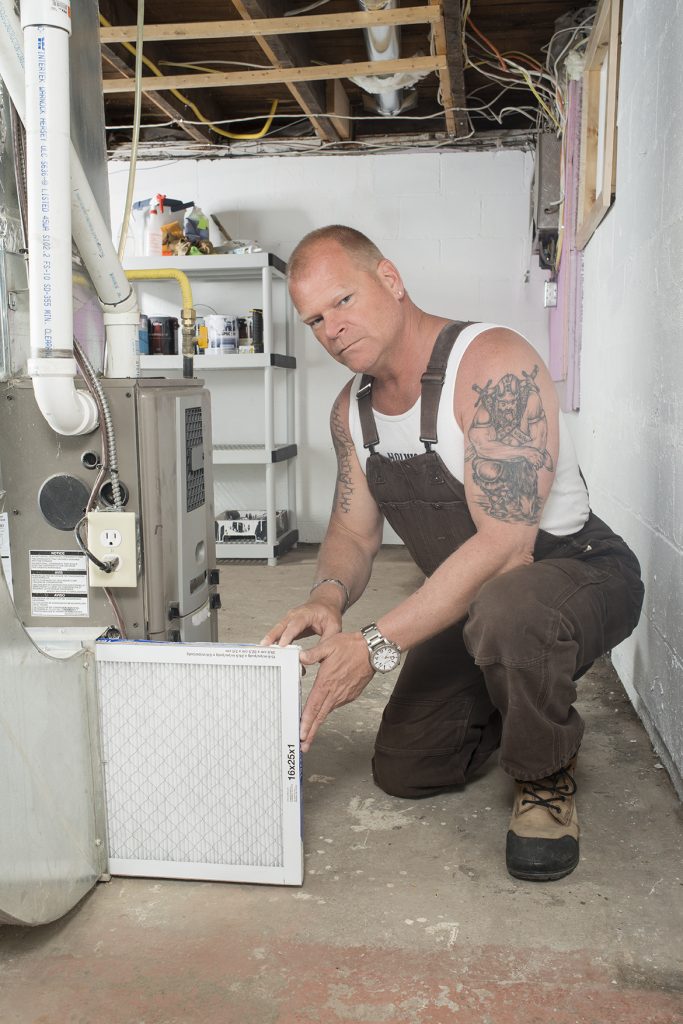
2. Change Furnace Filters
I’m always urging homeowners to change their furnace filters regularly, but it’s especially true when you move into a new home. A filter that hasn’t been changed in a while will negatively impact the air flow, which can cause your furnace to wear out prematurely. So change the furnace filter when you first move in, and then every three months after that (every month during the winter).
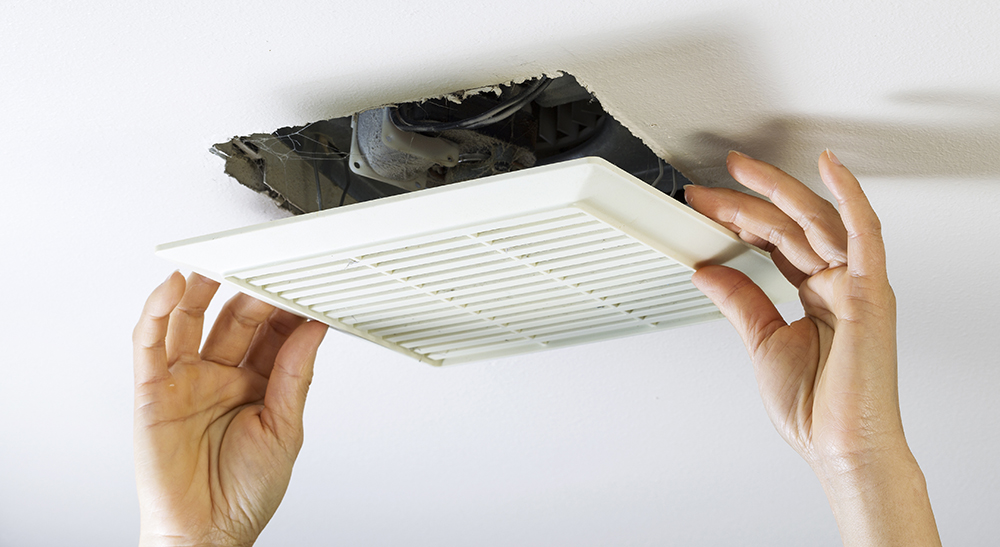
3. Clean Those Ducts
I’m passionate about indoor air quality so, in addition to changing your furnace filter, you may want to consider getting the air ducts cleaned. Air ducts will get dirty over time – it’s normal. But if you’re moving into a new home, especially a new build, it’s a good time to get them properly done by trained professionals.
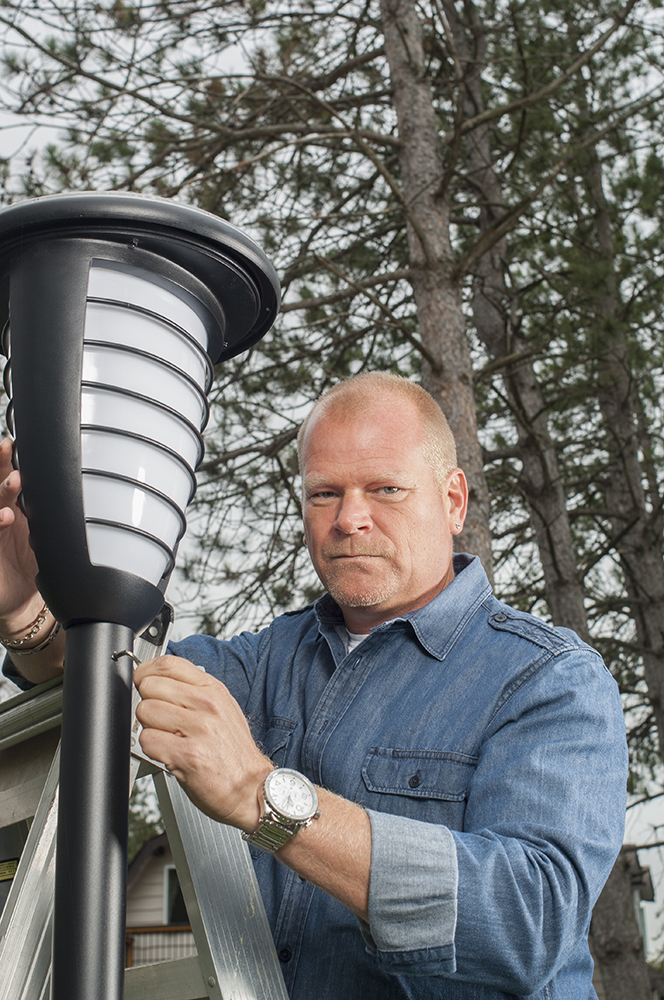
4. Install LED Lights
Whether you’re the proud owner of a resale home or a new build, installing LED light bulbs throughout your home is a smart thing to do within the first year. LEDs last longer; on average they last about 25,000 hours. They’ll also save you money on energy costs, making them a good “green” choice.
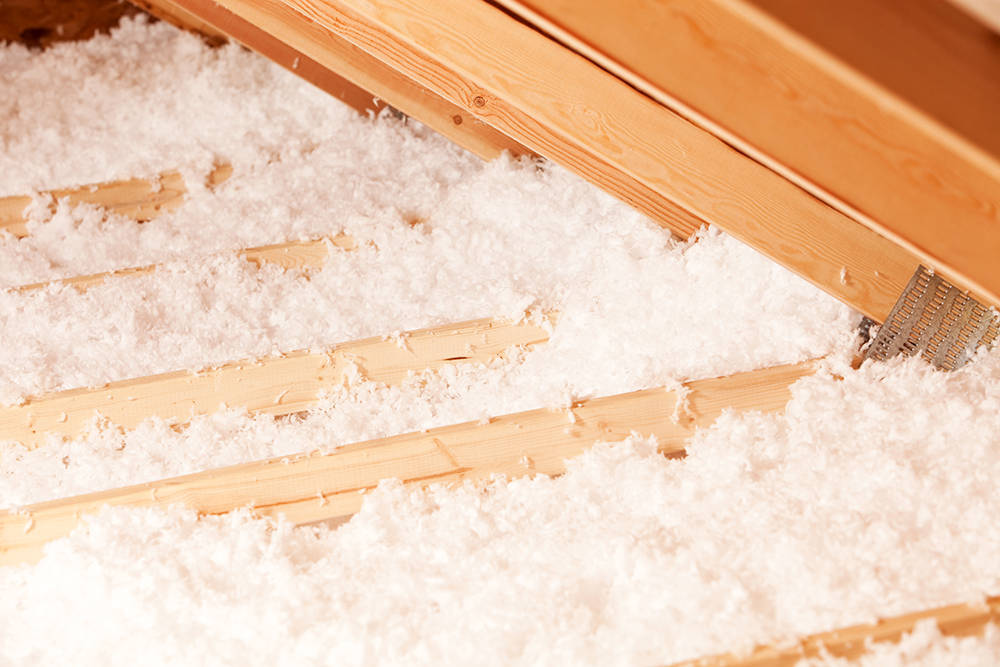
5. Insulation
Hopefully, you did your due diligence and had a professional home inspection done before making your purchase. If the inspection revealed poor attic insulation, you’ll want to get that topped up right away. If you don’t, you’ll be looking at higher energy costs, uncomfortable temperatures in your home (insulation keeps your home warm in the winter and cool in the summer), and the potential for mould growth.
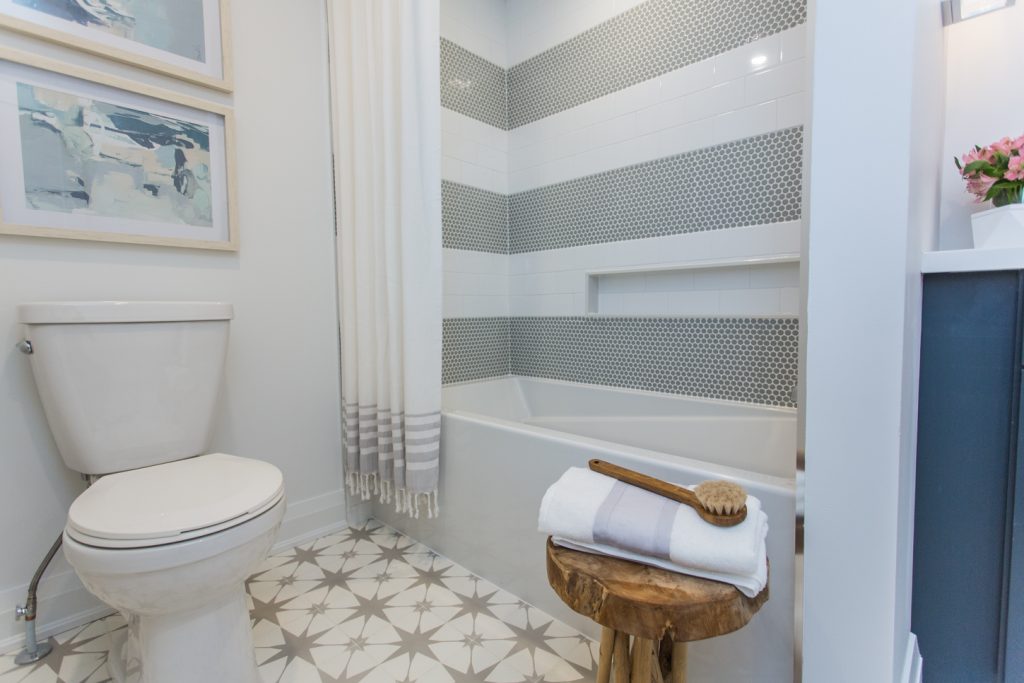
6. Plumbing
Do a walk through of your home to check for faucet leaks or leaks under the sinks. That constant drip-drip-drip is not only annoying, but it’s also sending your money down the drain. Check toilets to make sure they’re not constantly running water. Thirty per cent of water consumption in your home is from toilet use and a toilet that’s constantly running will cost you. Consider upgrading to a high-efficiency toilet. Low-flow toilets can save on water consumption, which will not only save you on your bills, but is also helpful to the environment.

7. Check Smoke Alarms and CO Detectors
Your new home should have a smoke alarm and carbon monoxide detector on every floor and outside sleeping areas. Do a test to make sure all alarms and detectors are in proper working order. Test them regularly; the simple test could save your life and the lives of your loved ones.

8. Clean Your Dryer Exhaust
Every dryer has an exhaust duct that lets the warm, moist air and lint escape to the outside of your home. The exhaust duct will become clogged over time, reducing the performance and efficiency of the dryer, which will be reflected on your utility bills. Schedule a dryer exhaust cleaning and check up to make sure things are running smoothly. This should become part of your home’s regular maintenance.

9. Install a Surge Protector
Installing a surge protector on your home’s breaker box can help prevent or minimize damage to electronic devices and other electrical equipment in the event of a power surge. So if your new home is outfitted with new, state-of-the-art appliances, a surge protector is the best way to protect them. I once lost all of my plugged-in electronics when a large electrical surge entered my house. Trust me – it’s always better to prevent than to replace.
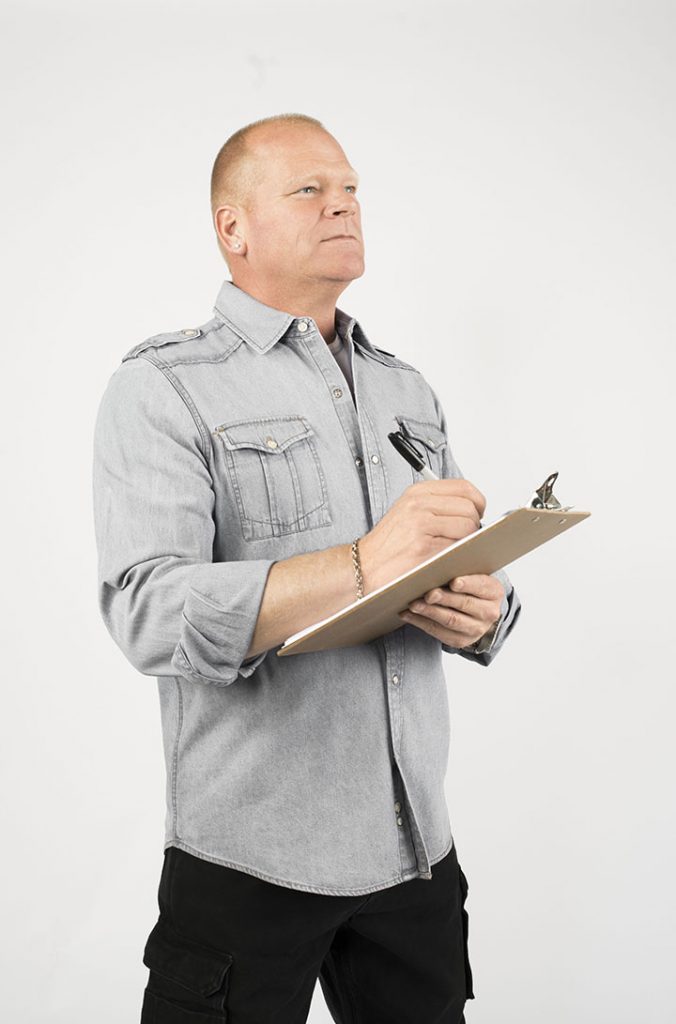
10. Create a Maintenance Checklist
Make a list of maintenance items that should be done monthly, quarterly and annually. Make it a habit to go through the list to keep an eye on potential issues and take care of things that need your attention. Keeping on top of your home’s maintenance can save you money in the long run, and give you peace of mind knowing that your home is taken care of.
HGTV your inbox.
By clicking "SIGN UP” you agree to receive emails from HGTV and accept Corus' Terms of Use and Corus' Privacy Policy.




